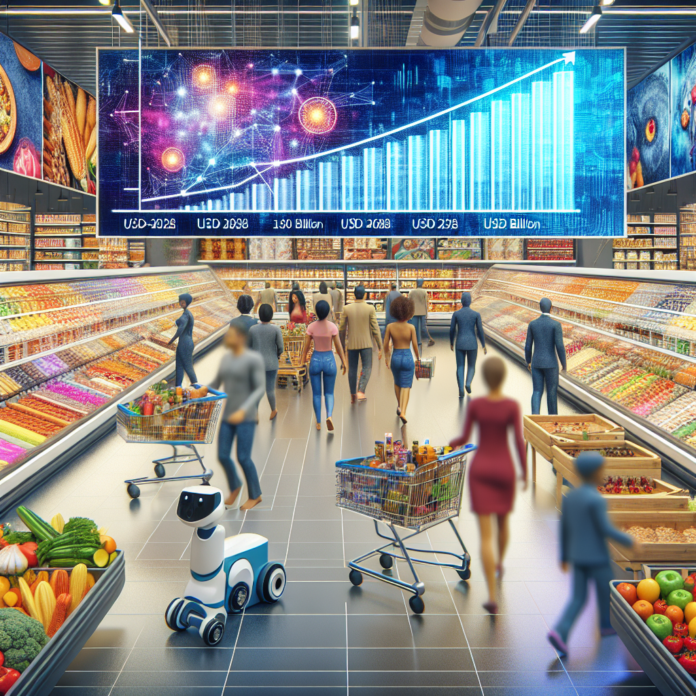Frozen Food Market Expected to Increase by USD 150 Billion from 2024 to 2028 Fueled by Retail Expansion and AI Influencing Market Trends
The Malaysian Reserve
Frozen Food Market to Experience Significant Growth of USD 150 Billion (2024-2028)
The frozen food market is projected to expand by an impressive USD 150 billion between 2024 and 2028, primarily driven by the expansion of retail channels and the increasing integration of artificial intelligence (AI) in market trends, as reported by Technavio.
Key Factors Driving Market Growth
- Retail Expansion: The growth of the frozen food sector is closely linked to the proliferation of retail outlets, including supermarkets, hypermarkets, and online grocery stores. As consumers increasingly seek convenience and accessibility, retailers are diversifying their product offerings to include a wide array of frozen options.
- Changing Consumer Preferences: Modern consumers are leaning towards ready-to-eat and easy-to-prepare meal solutions, which frozen food products provide. This shift is fueled by busy lifestyles and a growing interest in healthy eating, leading to a rise in demand for nutritious frozen meals.
- Technological Advancements: The incorporation of AI technologies in supply chain management and consumer engagement is reshaping the industry. Retailers are utilizing AI for inventory management, predictive analytics, and personalized marketing strategies, further enhancing the shopping experience and driving sales.
- Health and Wellness Trends: A growing emphasis on health and wellness is influencing food choices. Manufacturers are responding by introducing frozen options that are organic, low-calorie, and high in nutrients, catering to health-conscious consumers.
- Globalization of Food Choices: The increasing exposure to global cuisines is also contributing to the frozen food market’s growth. Consumers are now seeking diverse frozen meal options that reflect international flavors and culinary trends.
Challenges in the Market
Despite the promising growth trajectory, the frozen food market faces challenges such as supply chain disruptions, fluctuating raw material costs, and competition from fresh food alternatives. Additionally, concerns regarding the environmental impact of packaging and waste management are prompting manufacturers to explore sustainable practices.
Future Outlook
Analysts expect that the frozen food market will continue to evolve, with companies investing in innovative product development and marketing strategies to meet changing consumer demands. The integration of AI and other technologies will likely play a crucial role in shaping the future of the industry, optimizing operations, and enhancing customer experiences.
As the market expands, stakeholders, including manufacturers, retailers, and consumers, must adapt to these trends to capitalize on the opportunities presented by the growing frozen food sector.

